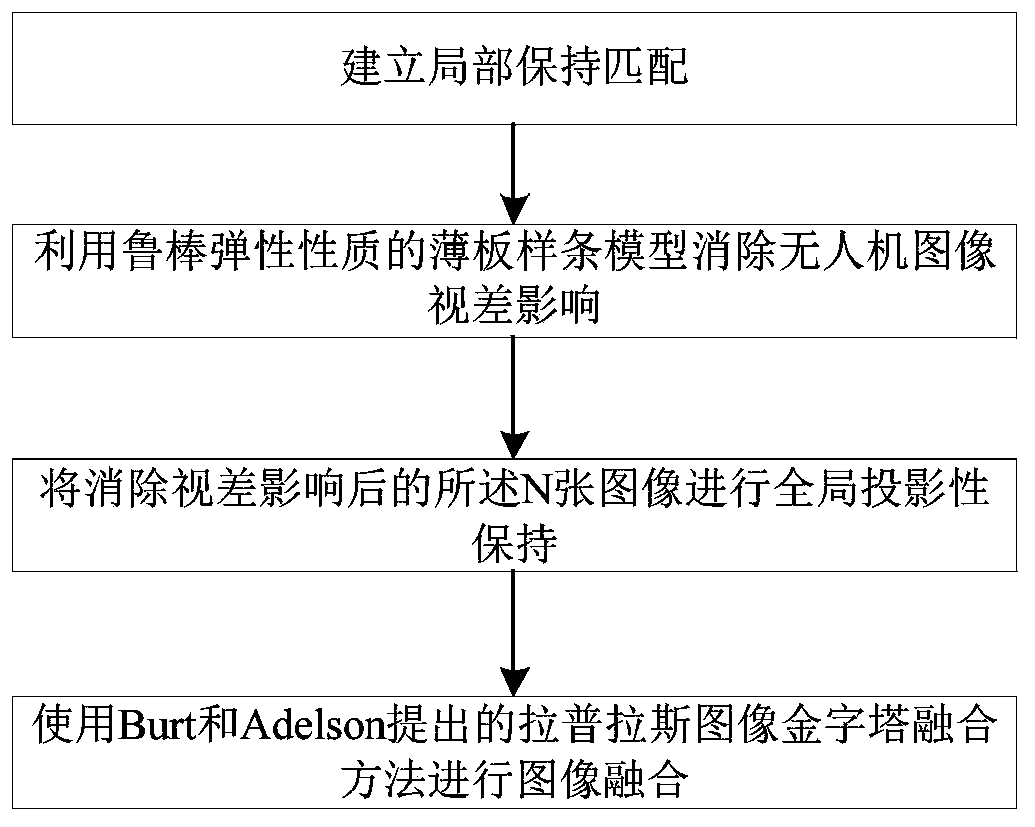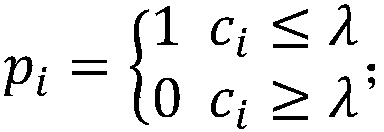Robust elastic model unmanned aerial vehicle image splicing method with locality preserving registration
An elastic model and image stitching technology, applied in the field of image processing, can solve problems such as tree occlusion and distortion, and achieve the effect of eliminating parallax
- Summary
- Abstract
- Description
- Claims
- Application Information
AI Technical Summary
Problems solved by technology
Method used
Image
Examples
Embodiment Construction
[0038] In order to have a clearer understanding of the technical features, purposes and effects of the present invention, the specific implementation manners of the present invention will now be described in detail with reference to the accompanying drawings.
[0039] Traditional stitching methods For robustness, people often use global deformations such as similarity, affine, and homography to register seamless stitching. Clearly, although a single global warp is robust, it cannot flexibly cope with image stitching of two or more scenes with large parallax. Gao et al. proposed dual homography warping, the main idea of which is to divide the scene into a background plane and a foreground plane, and use two homography weights to align the two planes. Simple global deformations are often not flexible enough, e.g., parallax images caused by changes in the drone's viewpoint cannot be precisely aligned.
[0040] In order to achieve higher alignment accuracy, suturing methods hav...
PUM
 Login to View More
Login to View More Abstract
Description
Claims
Application Information
 Login to View More
Login to View More - R&D
- Intellectual Property
- Life Sciences
- Materials
- Tech Scout
- Unparalleled Data Quality
- Higher Quality Content
- 60% Fewer Hallucinations
Browse by: Latest US Patents, China's latest patents, Technical Efficacy Thesaurus, Application Domain, Technology Topic, Popular Technical Reports.
© 2025 PatSnap. All rights reserved.Legal|Privacy policy|Modern Slavery Act Transparency Statement|Sitemap|About US| Contact US: help@patsnap.com



